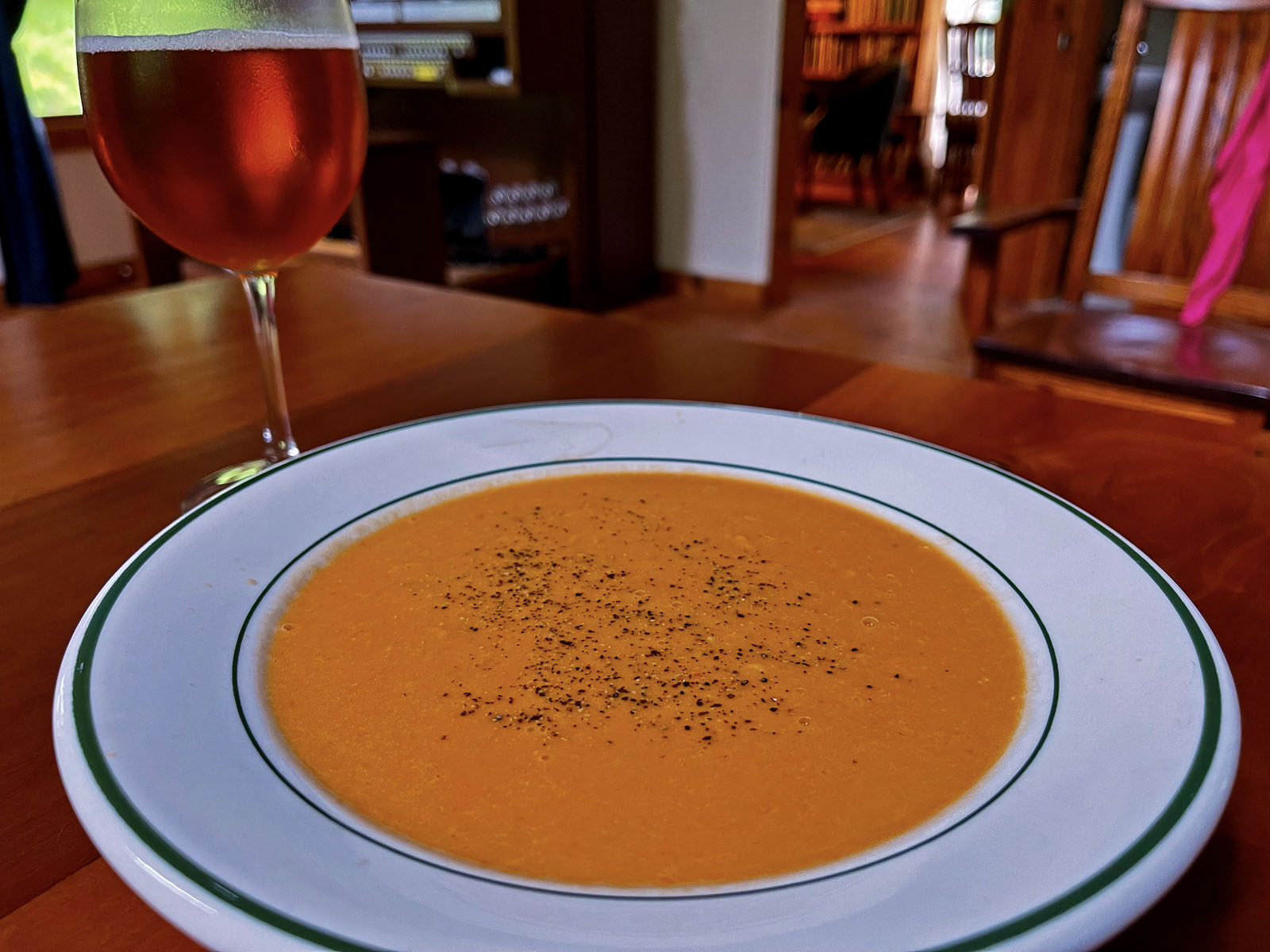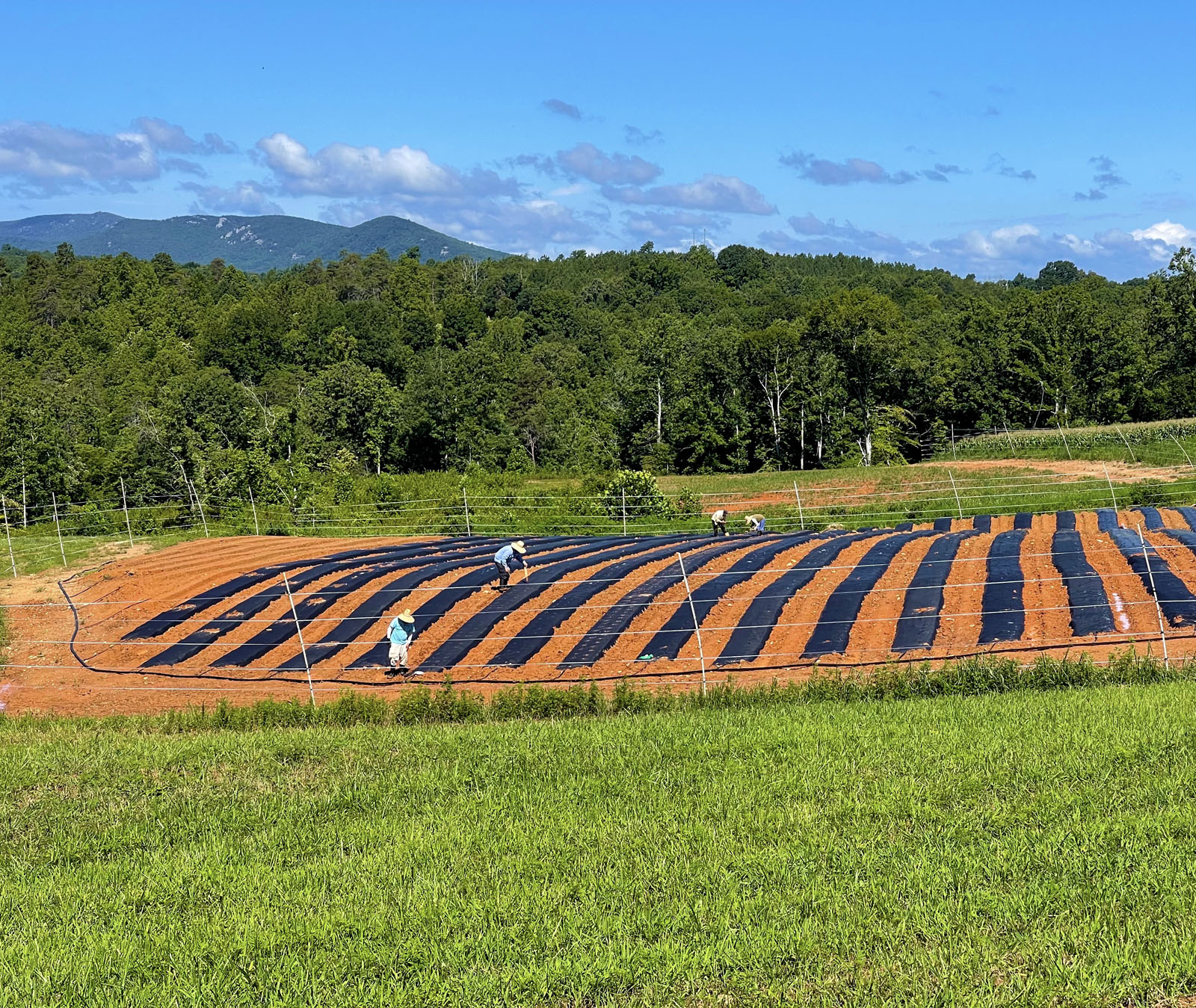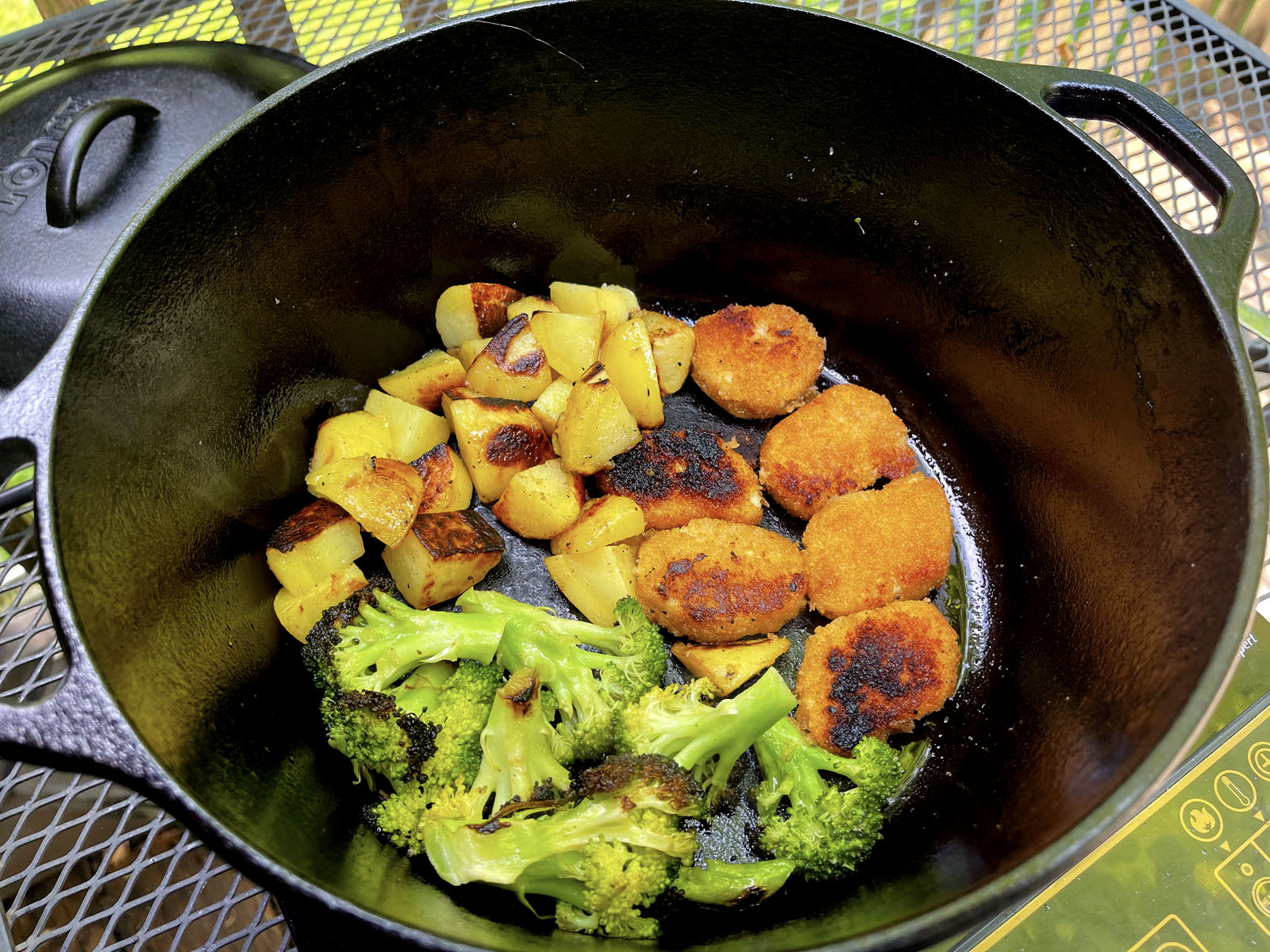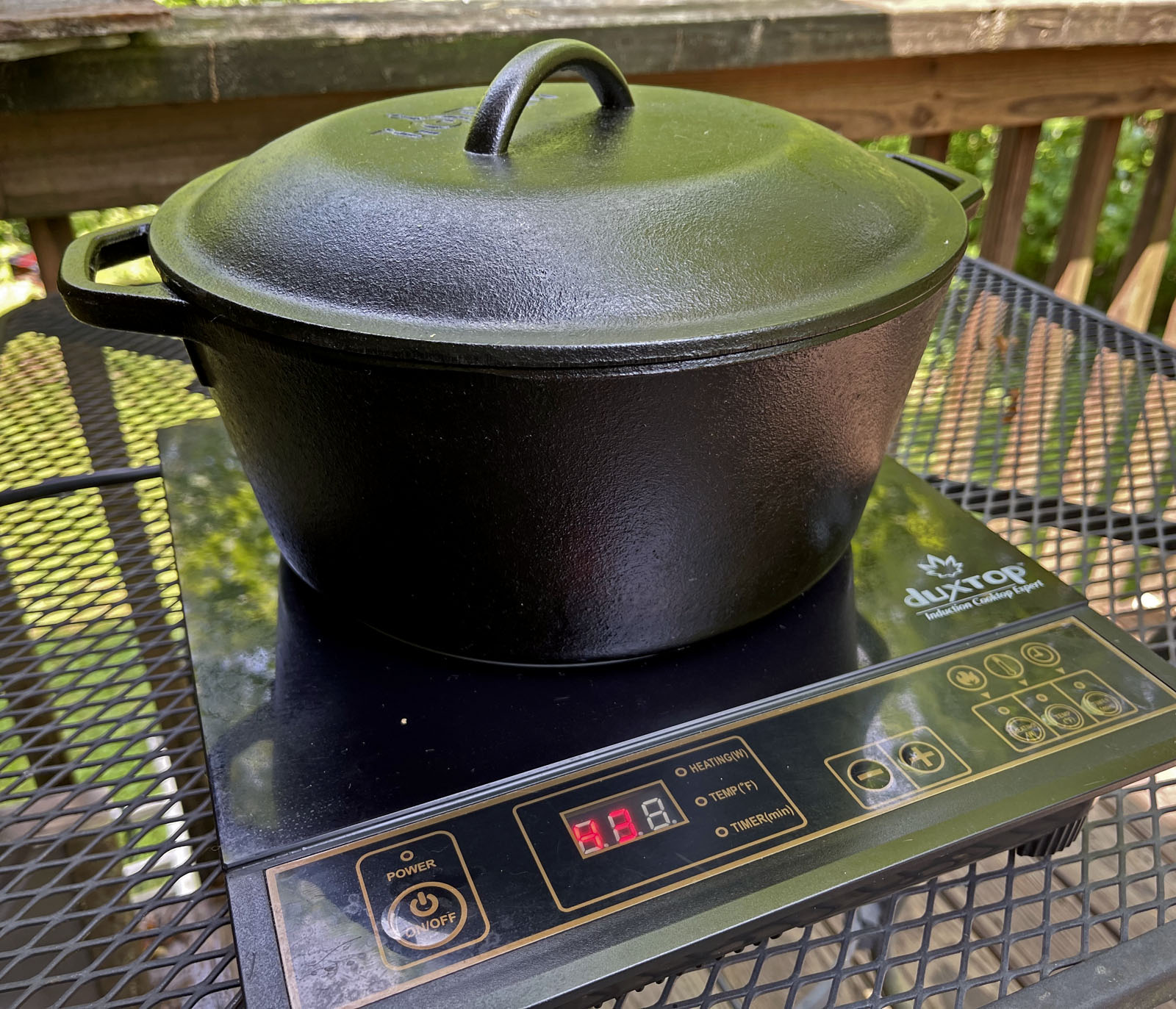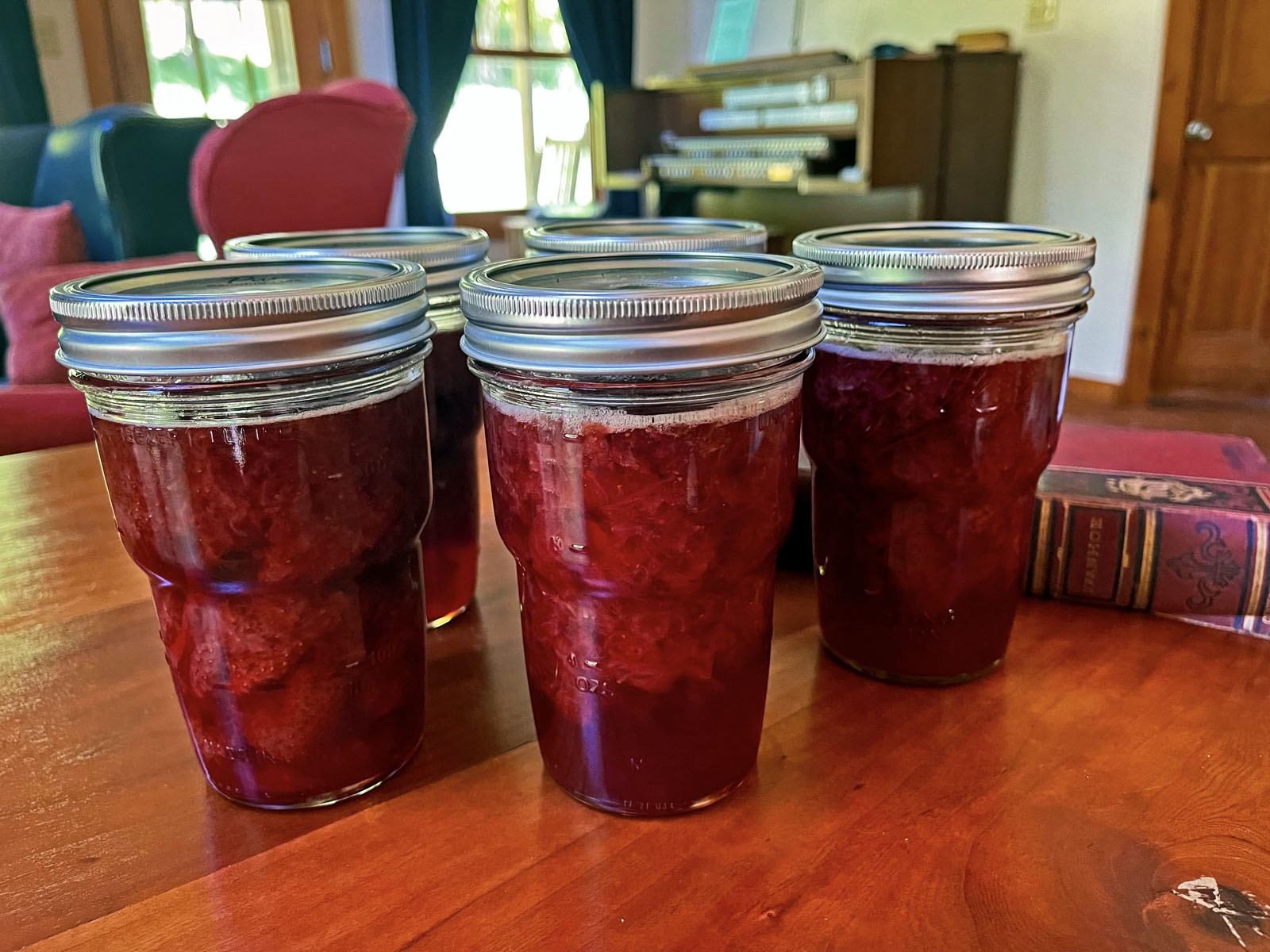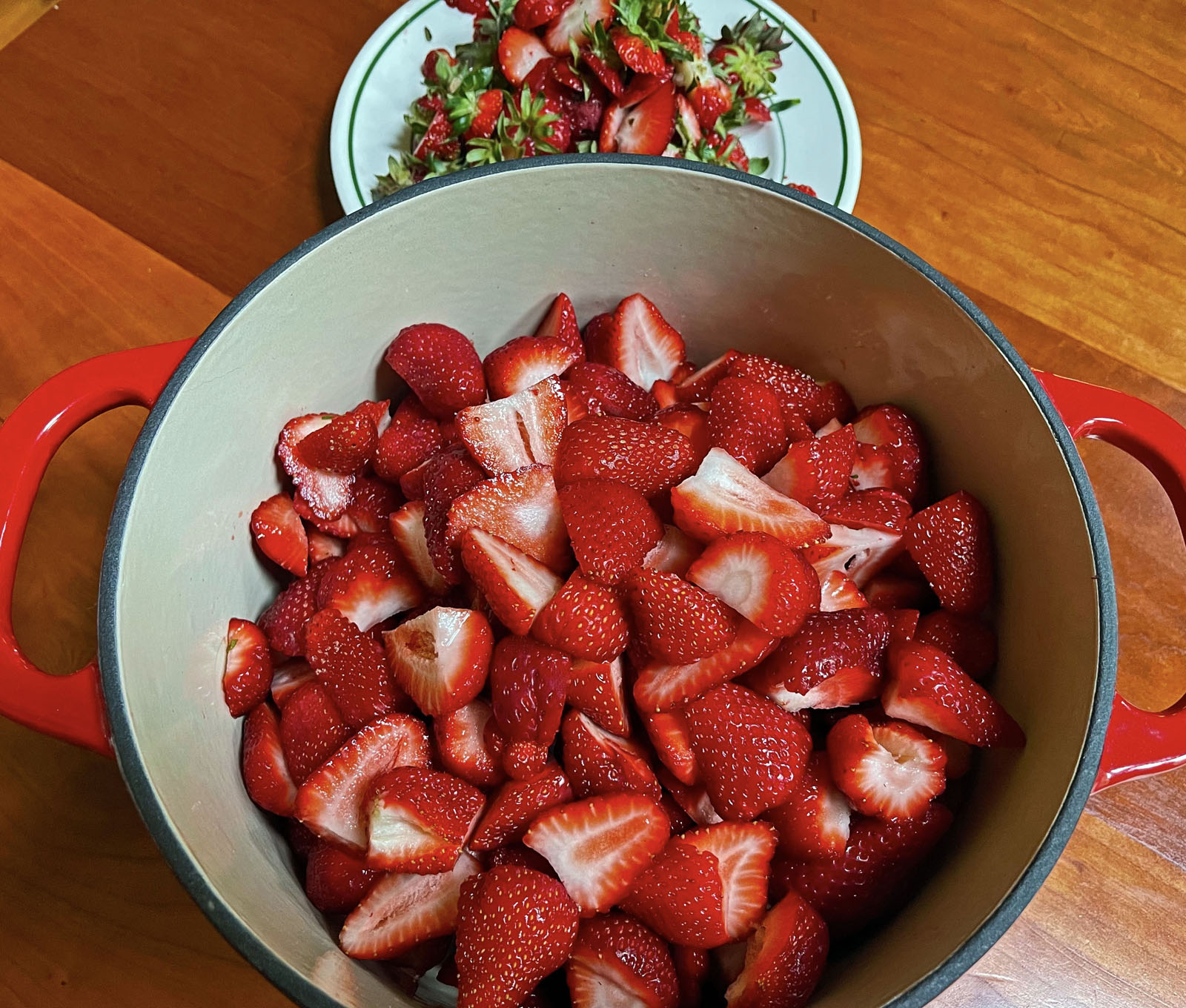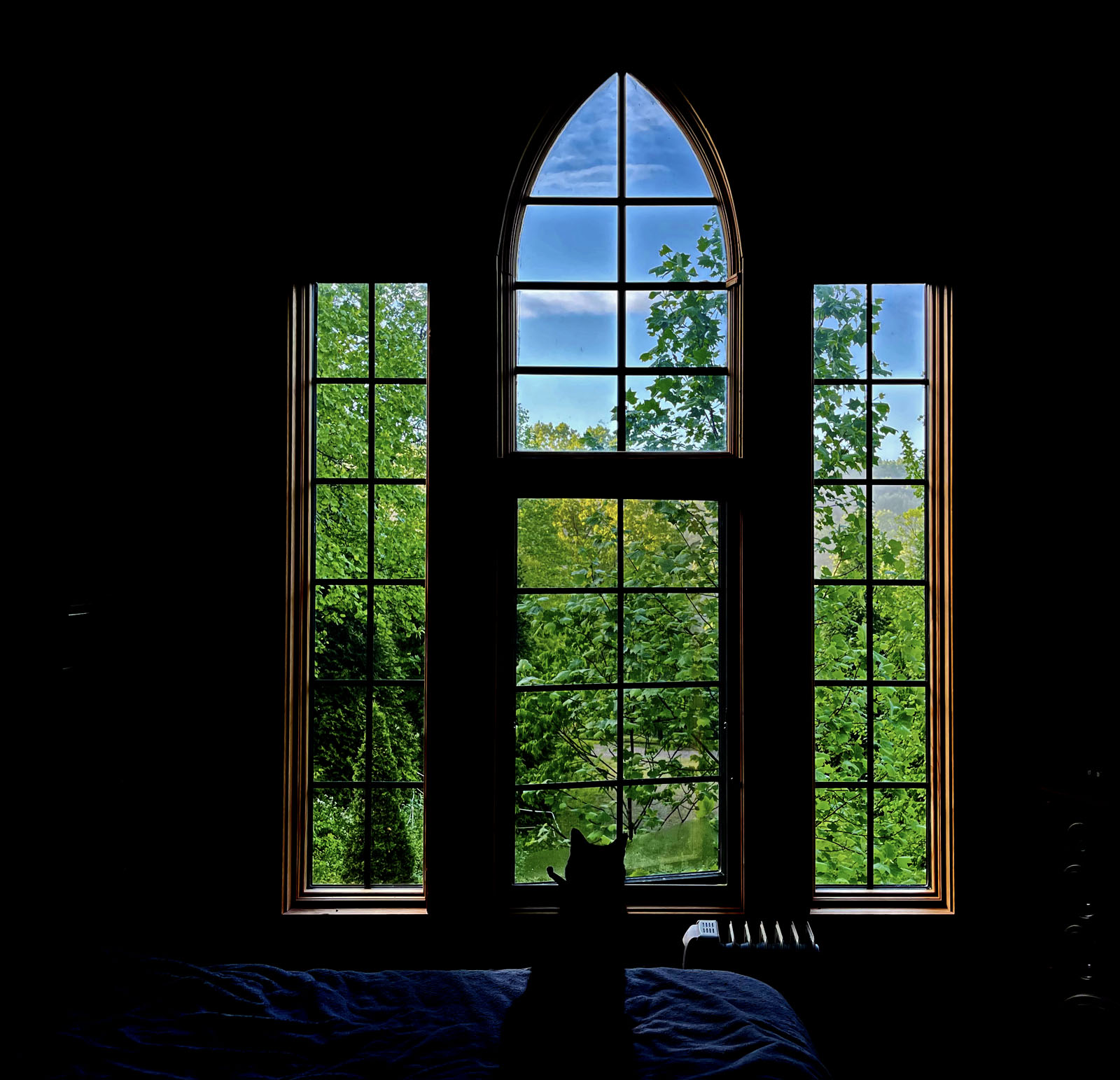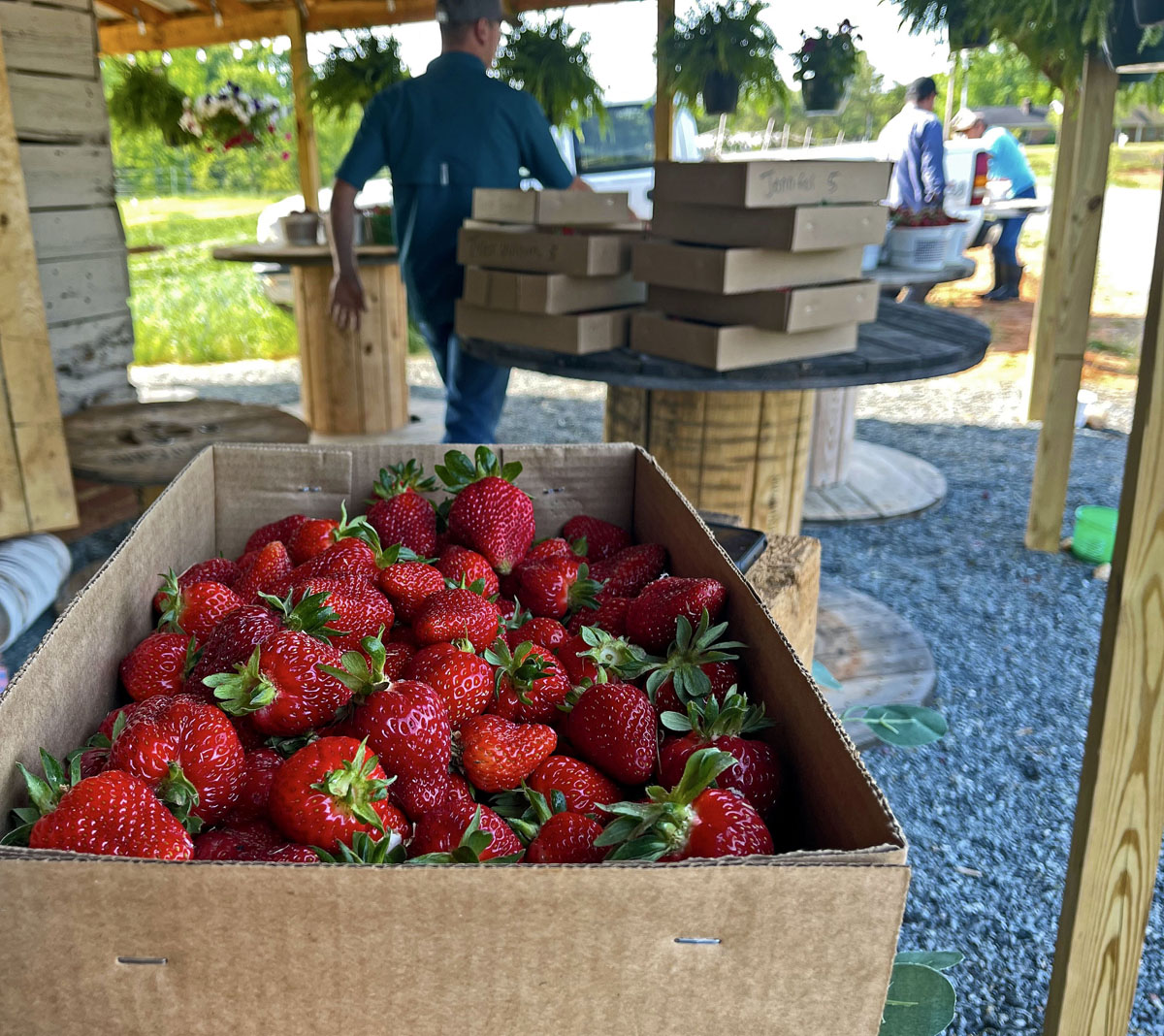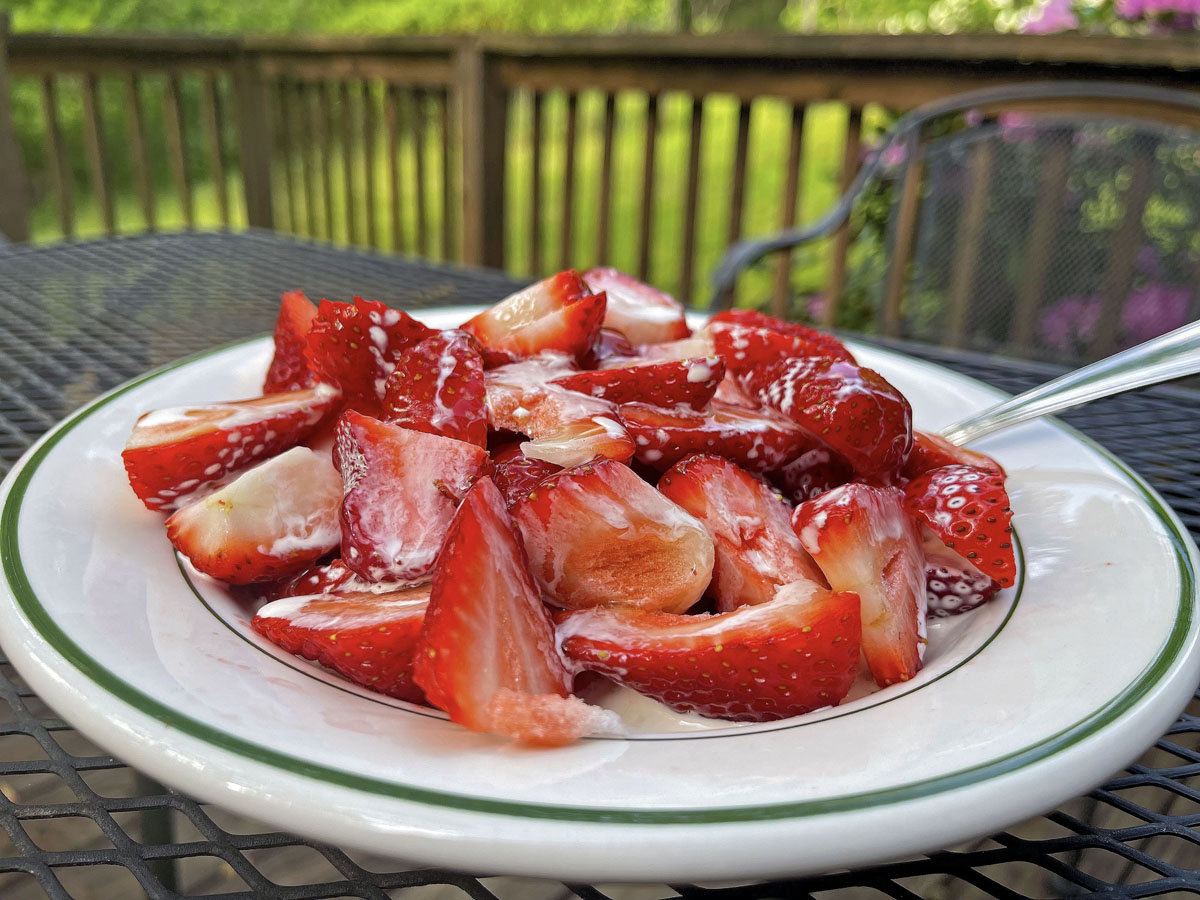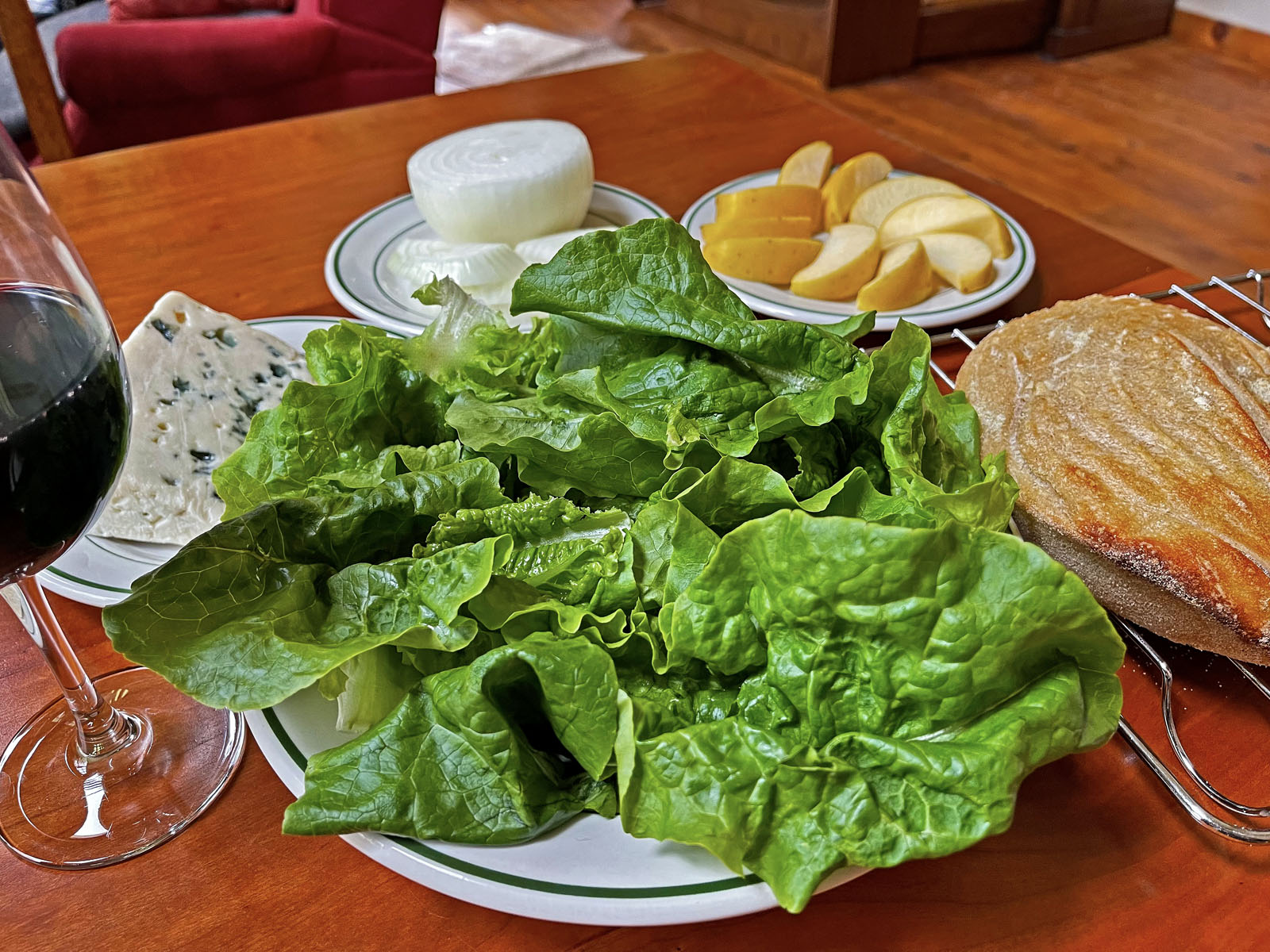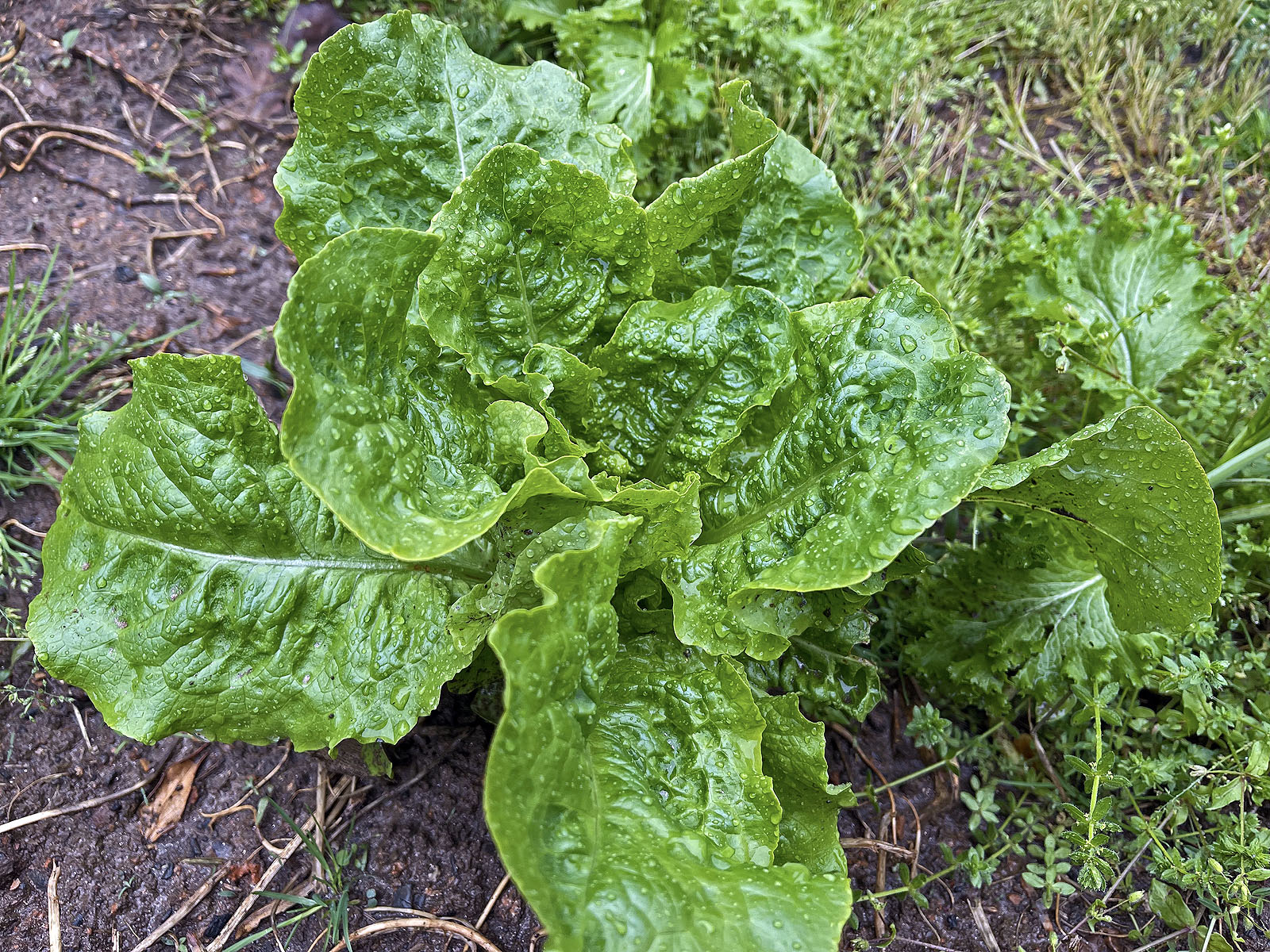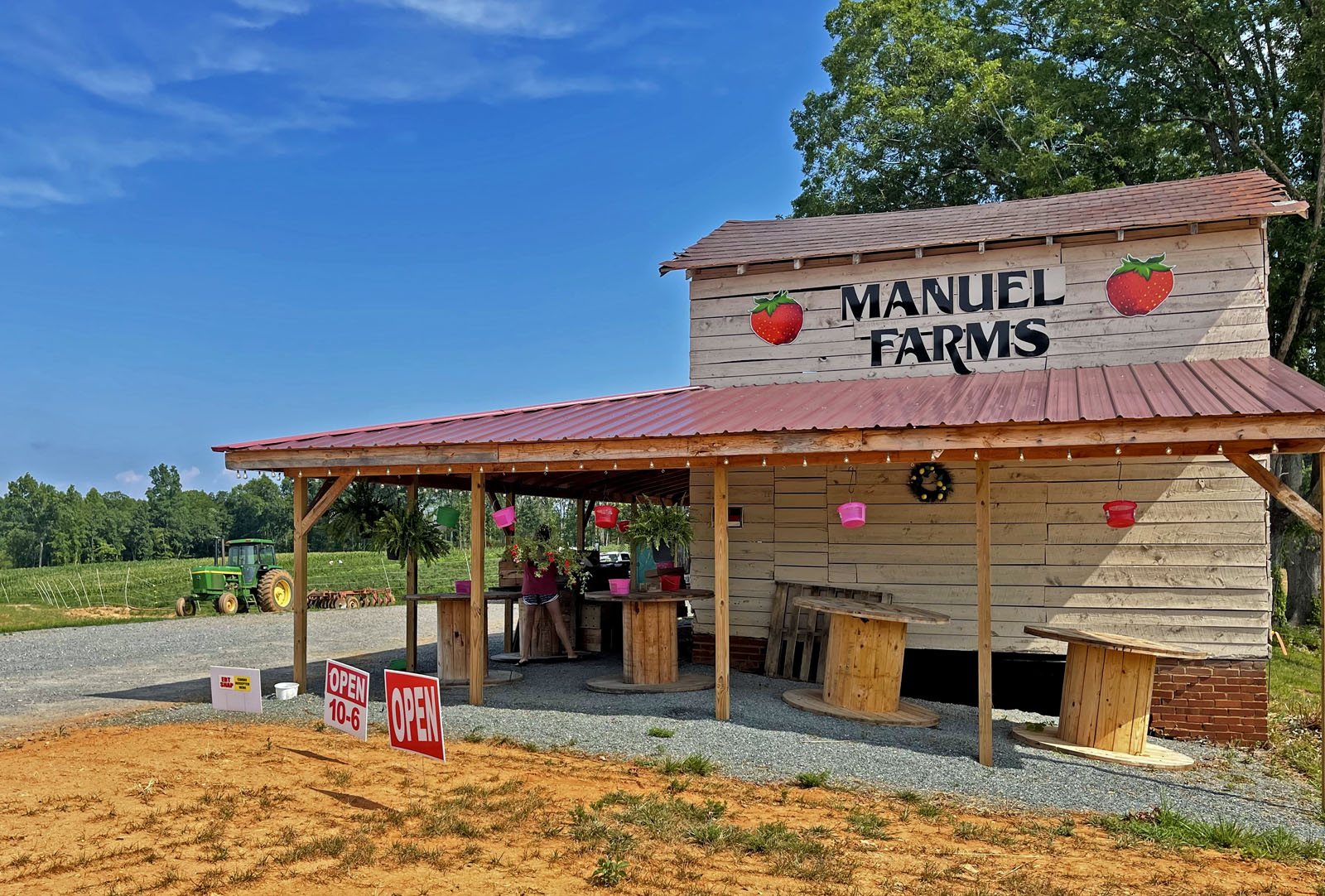
The vegetable gardens are to the left behind the tractor.
Here in the middle of nowhere where some people consider Dollar General a grocery store, the best thing that has happened in years is the new farm stand. Two years ago, they started with strawberries. This year they expanded to include summer vegetables. Strawberries and vegetables are picked in the morning. The farm stand, which is right beside the fields, opens at 10. They sell all their produce into the local market. People flock in to buy it. By sometime in the afternoon, everything for that day is sold out. The fields are irrigated from a rain-fed farm pond. Vegetables are all $1.50 a pound. The tomato crop should start coming in next week. The produce is not organic, but they promise no pesticides.
The economic model makes so much sense that I don’t understand why it took so long. We have plenty of land here and lots of ponds for irrigation. We have the odd farmer’s market or two, but those are poorly attended, the prices are too high, and with some items such as tomatoes I’m skeptical that the sellers actually grow what they sell. In the past, though most have gone out of business, we used to have produce stands that sold trucked-in commercial produce. The quality was poor, and nothing was ever fresh, partly because it was never refrigerated. A farm stand eliminates all sorts of expenses and impediments to quality. There are no transportation costs and refrigeration costs. When you sell out every day, there is no waste. Everything is fresh. Not only do you meet the farmers, you see the fields. I hope this is a trend that is growing, nationwide.
The farming work here is done by a crew from Mexico, on visas for seasonal farm workers. The farm provides the workers with housing. From the quality of the strawberries, which were perfectly cultivated and perfectly picked back during May, I knew that the summer vegetables would be good, too, because the farm workers know what they are doing, and they work the fields every day. For example, a common mistake in gardening is to pick vegetables such as cucumbers and squash after they’ve gotten a little too big. Late picking increases the weight of the crop, of course. But the vegetables aren’t as good because they start to turn dry and seedy. These vegetables are picked on just the right day for maximum quality in the kitchen.
The blueberries come from a nearby farm. While peaches are in season in South Carolina, they’ve been sending a truck to South Carolina once or twice a week to bring a load of peaches. The peaches, they say, sell out almost immediately. The best peaches in the United States (sorry, California) come from South Carolina and Georgia.
The fall crop will include pumpkins. They assured me that, in addition to those horrid bright-orange pumpkins that people use these days for Halloween, they’ll also have “pie pumpkins.” That’s a huge deal for pumpkin lovers like me. I haven’t had much luck growing them, and besides they need a huge amount of space. For years, it has been difficult to find pie pumpkins in the fall — a terrible cultural failure if there ever was one. Even most country folk these days make pumpkin pies from canned pumpkin. Never in my life have I done that, and I never will.
I still have my garden, but this year I’ve reduced its size, given how much easier it has become to get fresh-picked summer vegetables at a reasonable cost. I’m growing tomatoes, basil, and cucumbers.
If you’re in this area, Manuel Farms in on Stewart Road northwest of Walnut Cove, North Carolina.
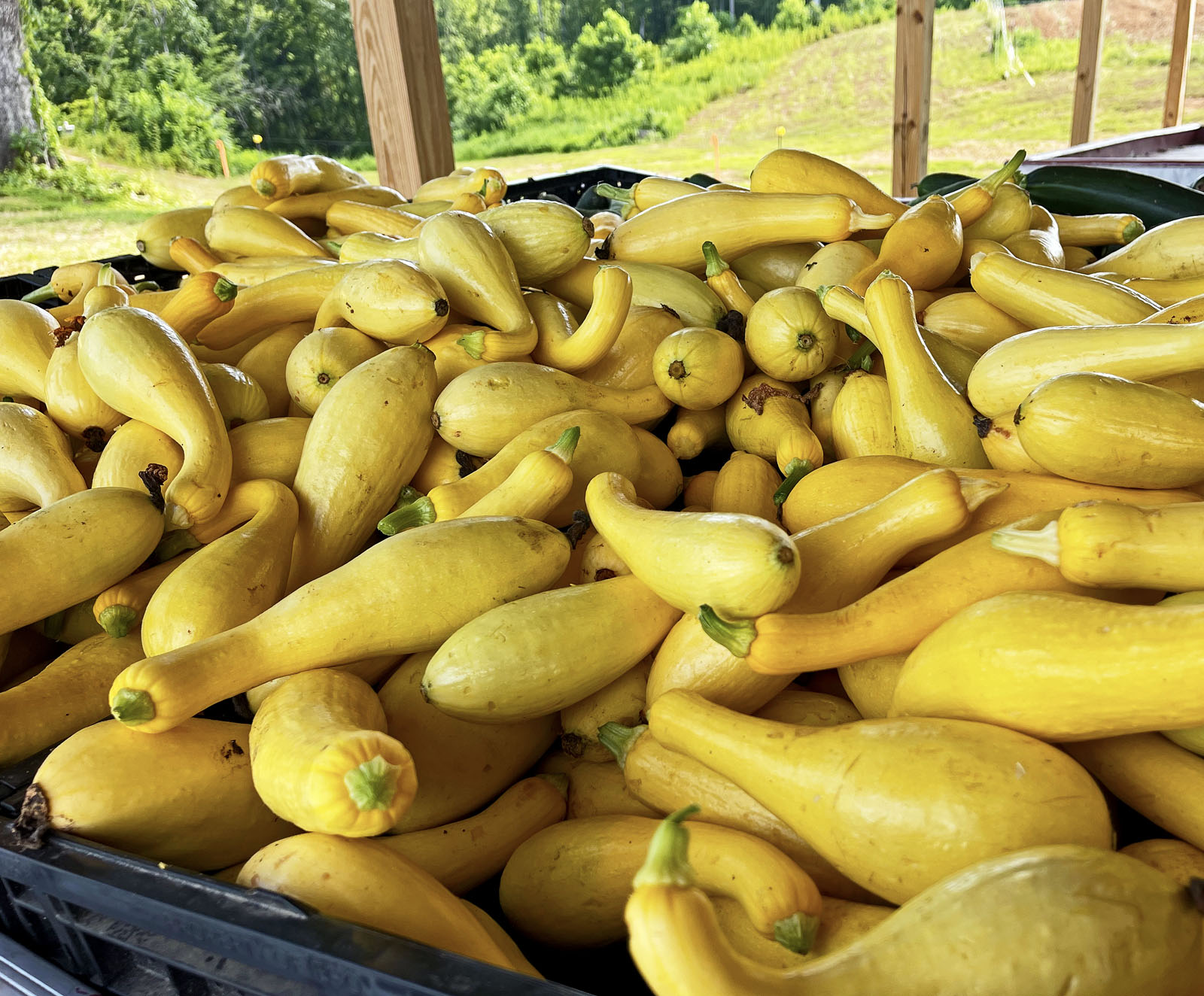
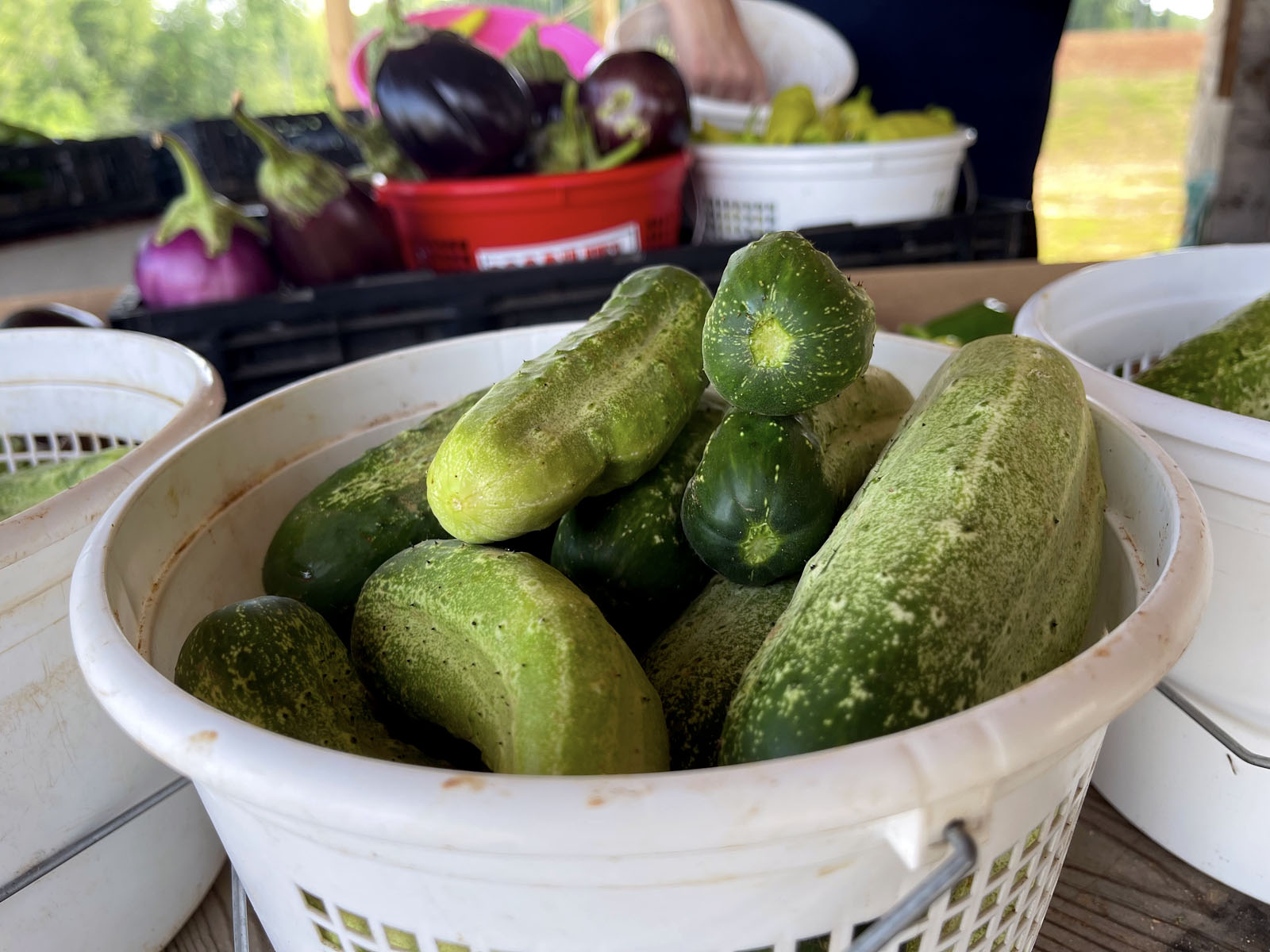
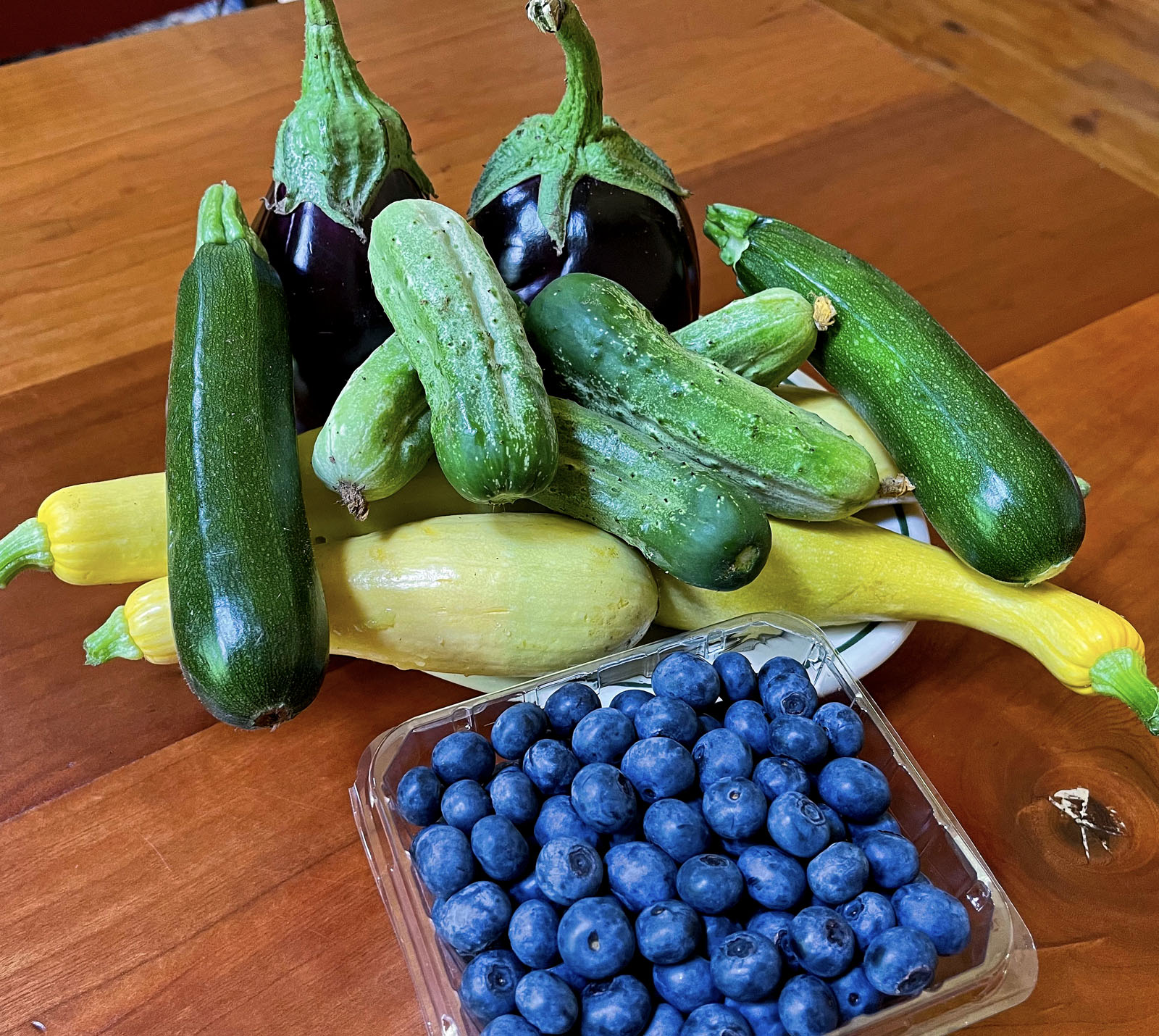
My haul, after I got home

